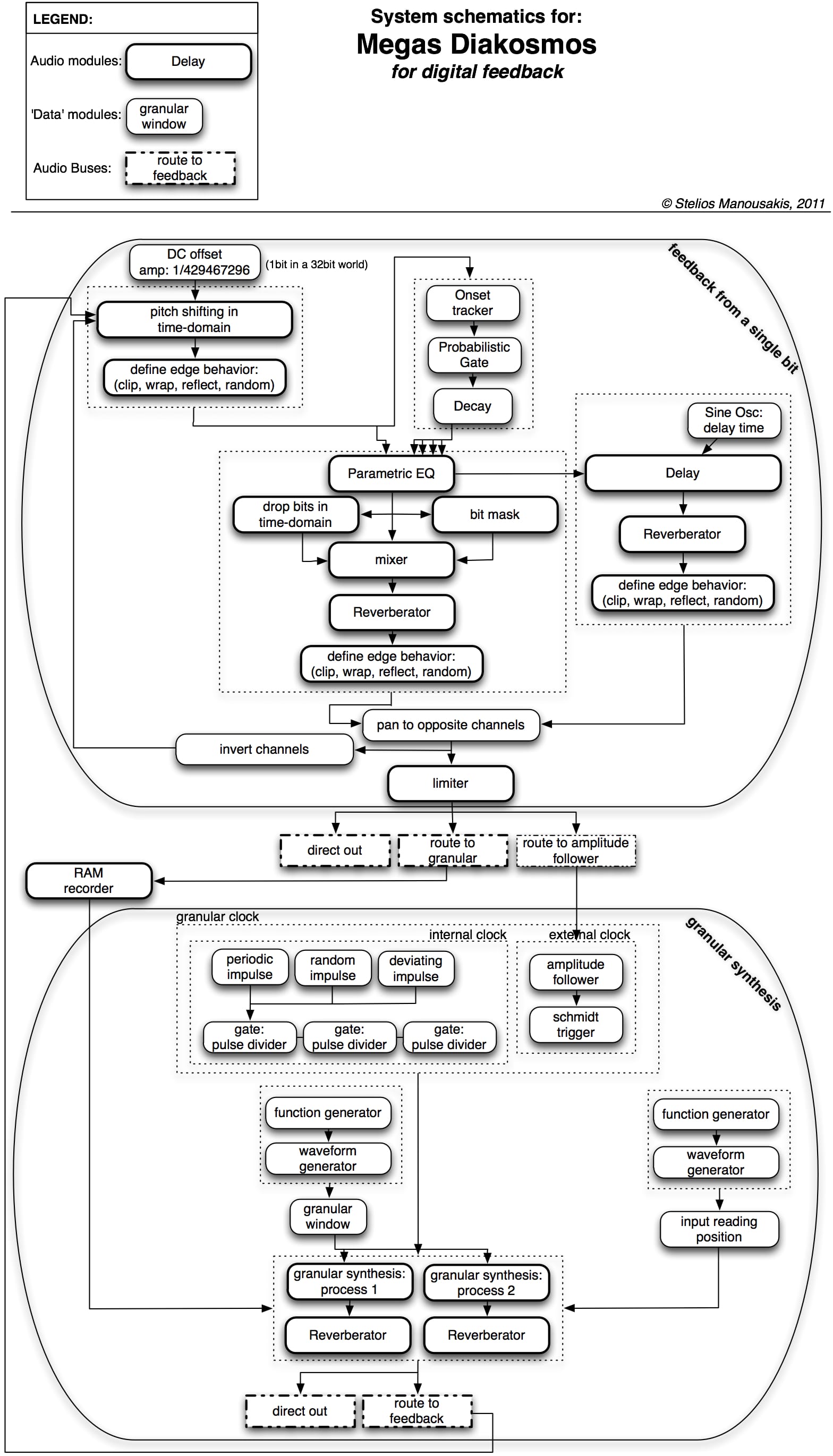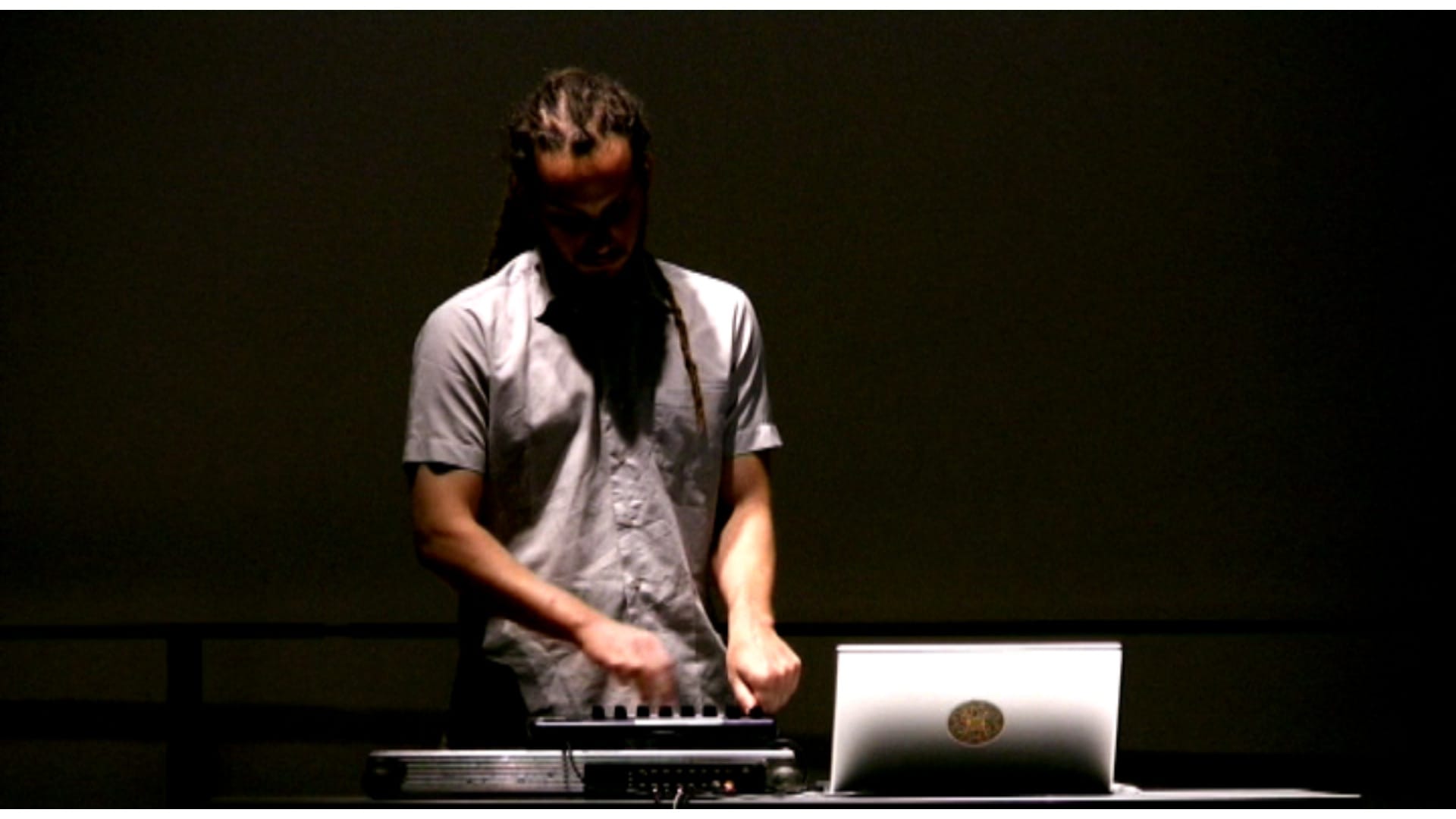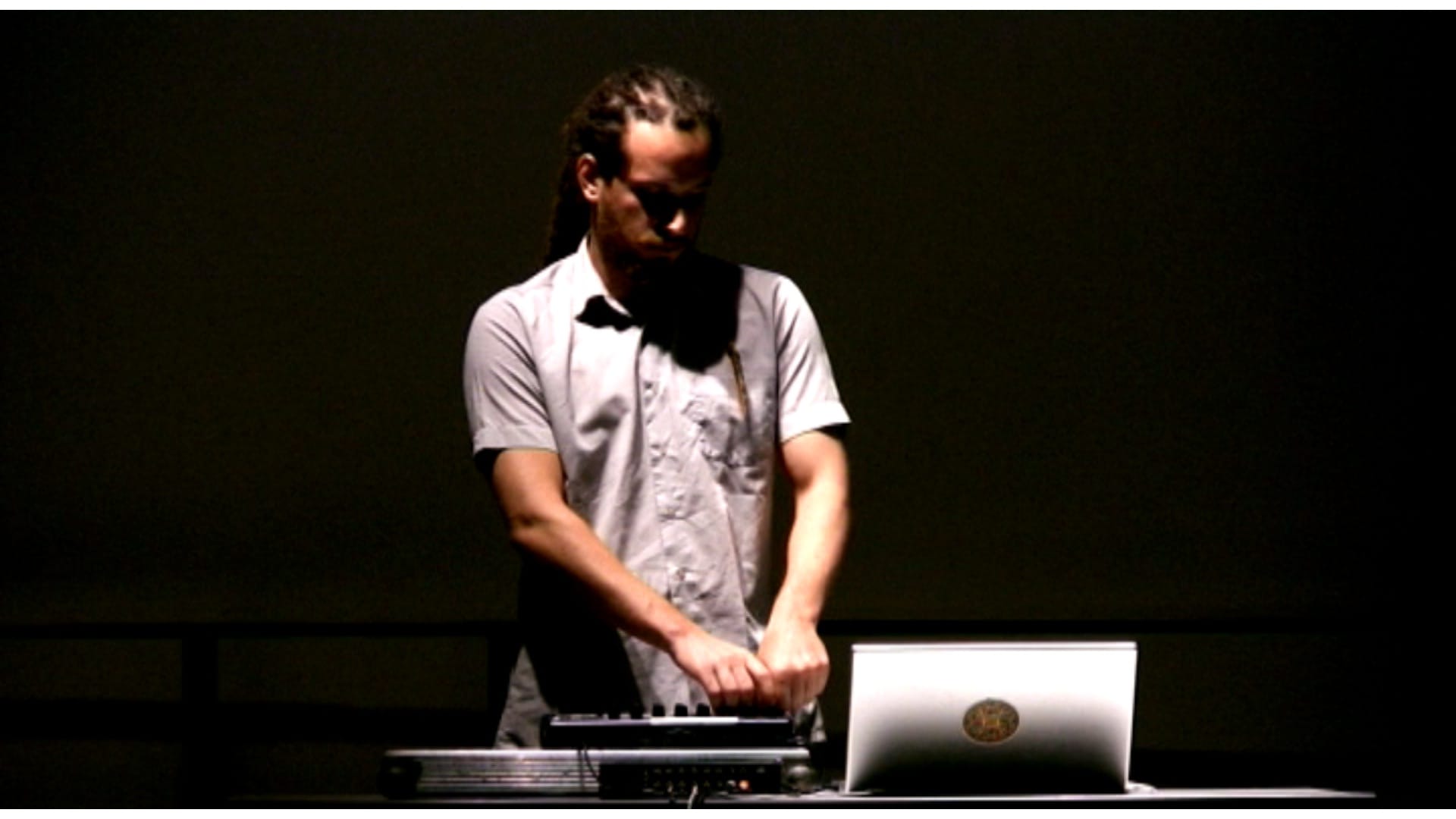For digital feedback (live electronics)
–
L’Hypothèse de l’Atome Primitif Sonore (‘The Primeval Sonic Atom Hypothesis’) is named after a cosmological theory, ‘L’Hypothèse de l’Atome Primitif‘, presented in 1931 by Georges Henri Joseph Édouard Lemaître, a Belgian physicist, astronomer and priest. The theory was later mockingly dubbed by its opponents as the ‘Big Bang’ theory, a name with which it has become widely known ever since. Lemaître, based on Albert Einstein’s general relativity theory and on Alexander Alexandrovich Friedman’s equations, proposed a model of the initial conditions and subsequent development of the Universe, in which the Universe expanded and continues to expand from a single point containing extreme amounts of energy. This expansion happens in forward time and is coupled by a contraction in backward time that brings the mass of the entire Universe back into a single point (‘l’atome primitif)’, where and when the fabric of time and space comes into existence.
Lemaître’s theory is the inspiration for the structure of the piece and for the sonorities found in it. The piece begins with the bursting of a highly condensed core of sonic energy, which after a period of turbulence and constant transformation creates a plethora of sonic worlds to be observed: some slow and calm, others very fast, others oscillating, and others in chaotic states – but all constantly breeding change and transformation, even when they momentarily appear to be static. The piece zooms in and out of these worlds, looking, or rather listening, at these sonic galaxies from the cosmic to the quantum levels and in-between.
To realize the above, the piece also treats Lemaître’s theory as the conceptual starting point for the sound synthesis and control methods used, with the metaphor of a single point generating the Universe being the core of the design of the live electronics system: The system is a cybernetic model based on digital feedback, which is set in motion by one single binary digit: the primeval atom of digital technology. No other sound sources are used but real-time manipulation of that digit’s path within a synthetic sonic phase space of possibilities, thus revealing its multi-faceted potential and the emergent beauty of the constantly shifting digital universe it creates.
The piece is an Open Composition, meant to take its final shape through live performance, creating an immersive sonic experience that fluctuates between varying degrees of tension and release.
| Year: | 2010 |
| Type: | Performance, composition |
| Instrumentation: | for digital feedback |
| Duration: | 11′-15′ |
| Materials/Media: | Sound, speakers |
| Software: | SuperCollider |
| Publication: | Released by inkilino records in 2020, in Stelios Manousakis: Primeval Sonic Atoms |
AUDIO
Stelios Manousakis: Composition, studio performance, programming
SYSTEM SCHEMATICS




